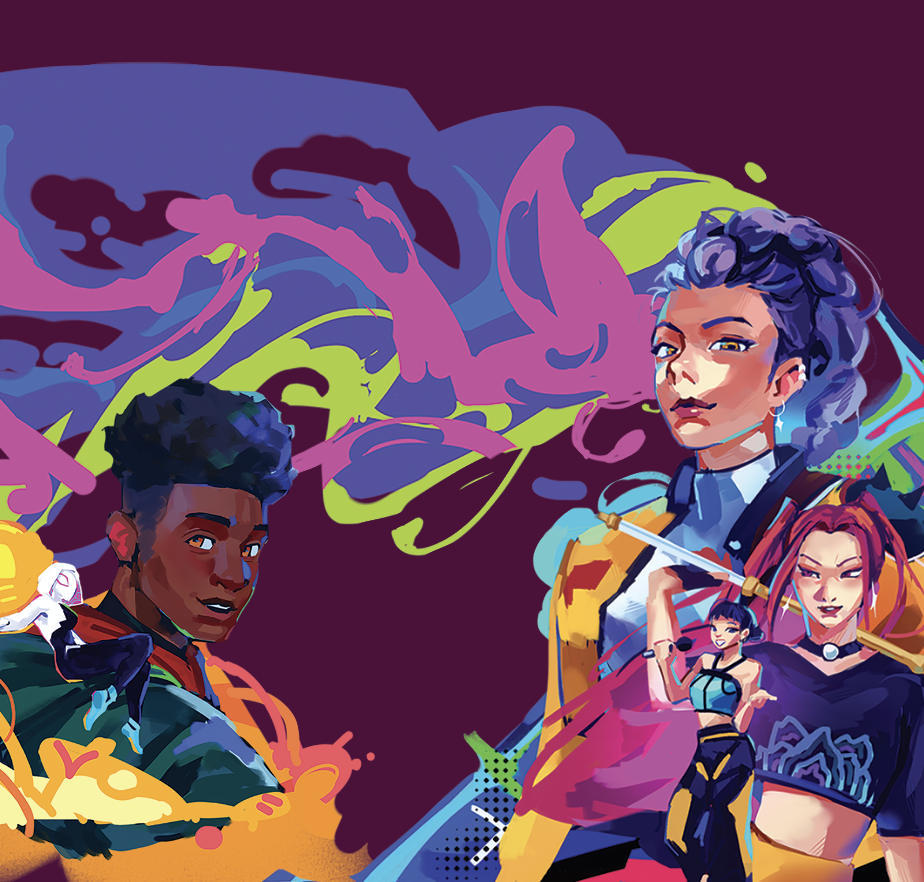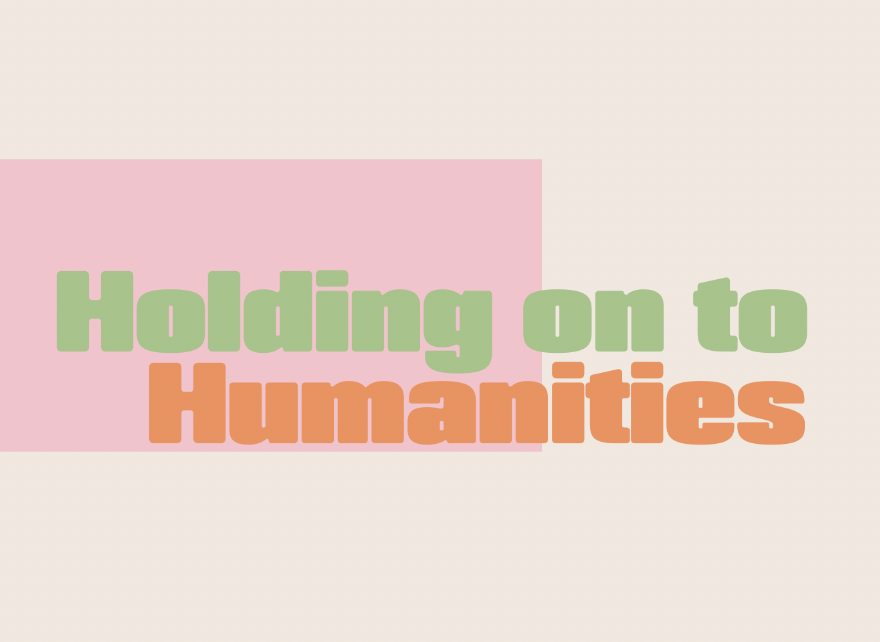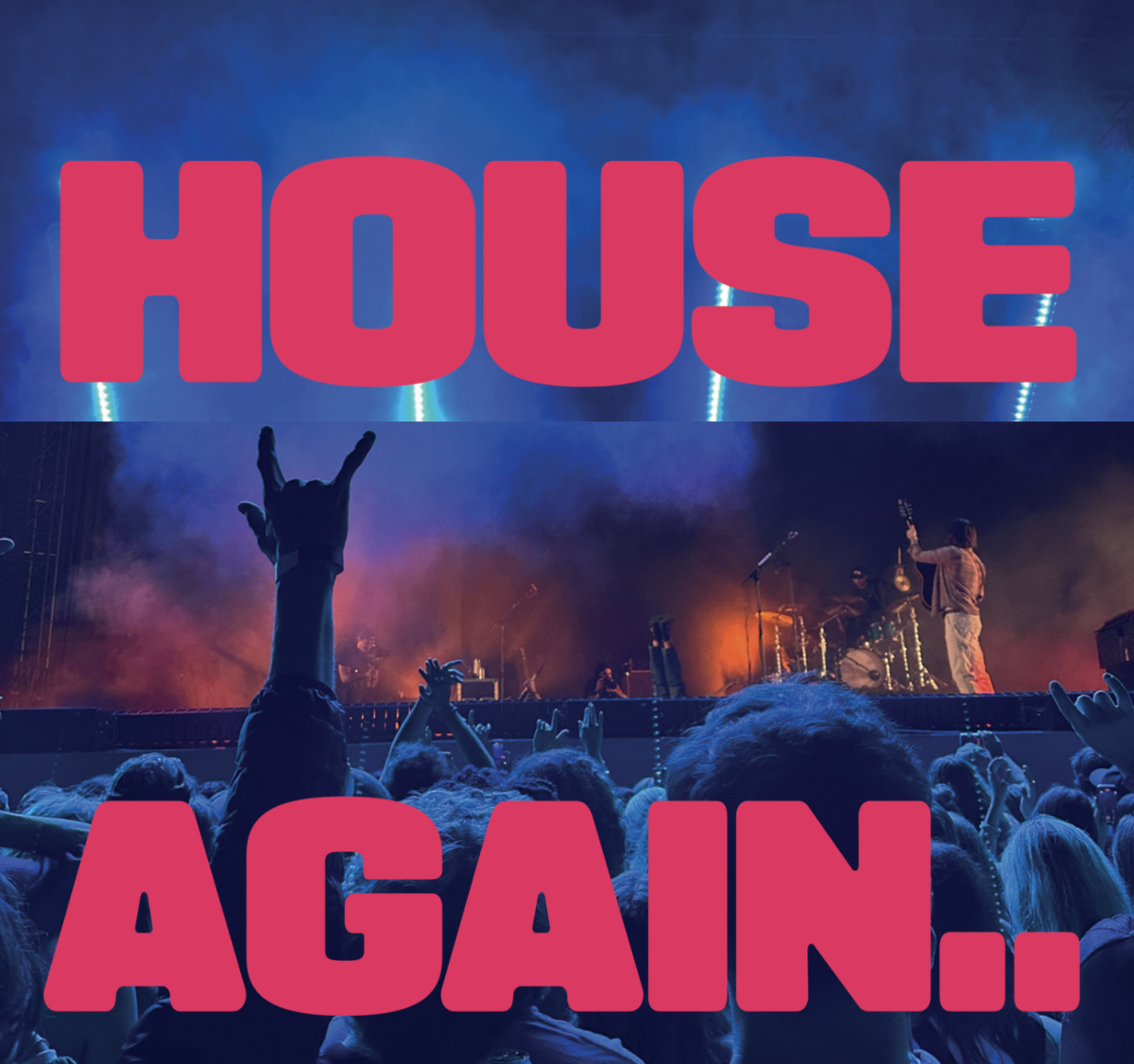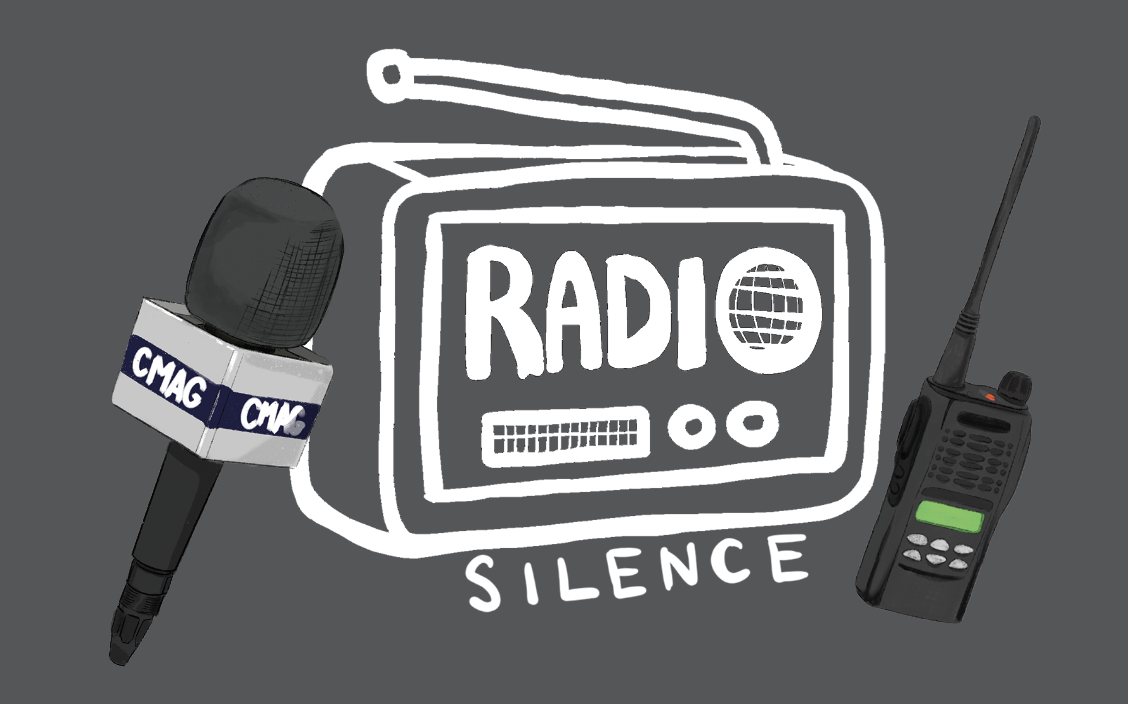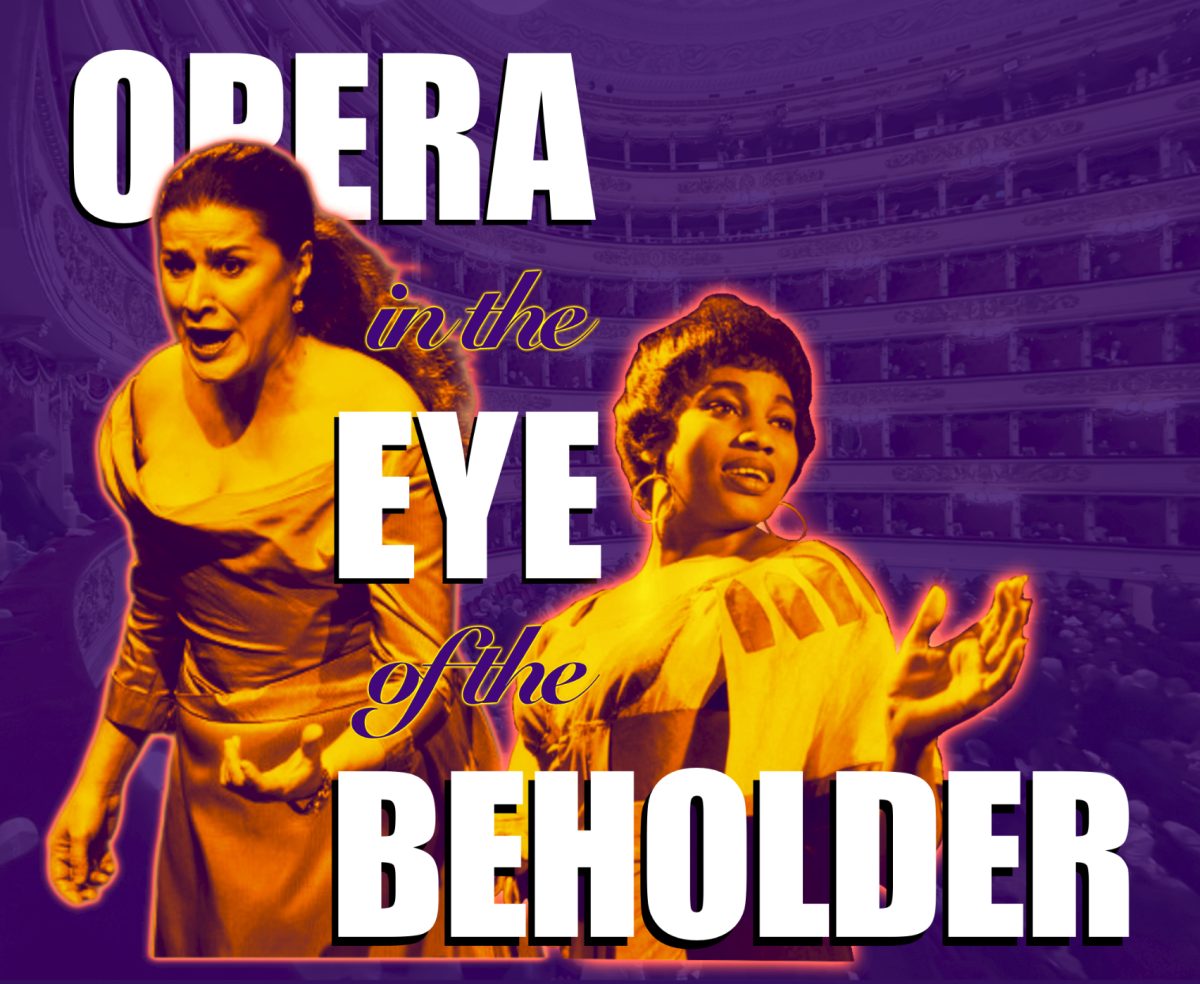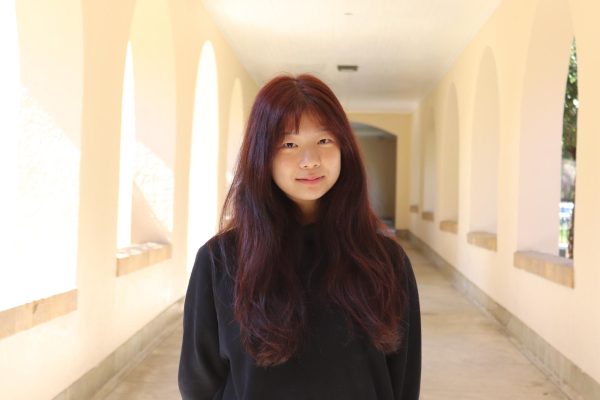A cityscape brims with electric colors as Spider-Man leaps through dimensions. A vampire hotelier manages a resort for monsters of myths and legends. A dysfunctional family flees an army of rogue robots. Amid The Walt Disney Company revitalizing their studio, the establishment of DreamWorks and Warner Brothers testing the waters with “Space Jam,” Sony Pictures Animations quietly stepped into the ring.
Their first feature film “Open Season” was released in 2006, followed by eight films which received mixed reviews and audience receptions. According to Tom Sito, a professor of cinematic arts at the University of South California who has animated for Disney classic films such as “The Little Mermaid,” “Beauty & The Beast,” “Aladdin” and “The Lion King,” Sony Pictures Animations took time to find its distinct identity.
“The Sony corporation basically bought Warner Bros., TriStar Pictures, Columbia Pictures, Screen Gems and United Artists and mushed them together, but it didn’t really have an identity,” Sito said. “They were making pictures, but a lot of it depended on the director and the individual project. … Then they hit it big with ‘Spider-Man: Into the Spider-Verse.’ That’s when they finally started to really found themselves and said, ‘This is who we are.’”
Sony’s “Spider-Man: Into the Spider-Verse” was a tremendous success; alongside its sequel film “Spider-Man: Across the Spider-Verse,” they totaled over $1 billion worldwide in box office earnings. Not only did the Spider-Verse films hone in on meshing together different visual dimensions, but they also recreated the dynamic experience of reading a comic book. Mario Menjivar — an instructor at the School of Visual Arts with animation experience under Disney and Warner Bros. on films such as “The Lion King,” “Pocahontas,” “Mulan,” “Hercules” and “Tarzan” — finds that these commercial successes paved the way for an innovative style of animation without restrictions.
“I remember when we were working on 2D [two-dimensional] animation at the Disney studio, and then the success of ‘Toy Story’ came in,” Menjivar said. “A lot of the [animation] students decided that they just wanted to do CG [computer graphics] and stopped working on 2D. It was just one extreme to another. Spider-Verse films proved that you can combine 2D and 3D [three-dimensional] together.”
However, immersive narratives are essential for a film’s success. To senior and animator Teresa Wang, technology serves to support storytelling.
“We’ve definitely seen from recent animated works that 3D animation technology can be manipulated to have all kinds of textures and colors, much different from the smooth textures of older 3D animated films like ‘Frozen’ or ‘Toy Story,’” Wang said. “Ultimately, the heart of the story should always be the most memorable thing. If the most you can say about a film is that it ‘looks good,’ there’s probably not much substance to it.”
The thought and intention Spider-Verse films place in seamlessly blending 2D and 3D animation is also seen in worldbuilding, which connects with viewers like junior Samanvika Senthil Kumar.
“What keeps audiences interested is the level of detail Sony animators and writers put into their movies,” Senthil Kumar said. “For example, every time I watch the Spider-Verse movies, I notice a new level of complexity that enhances the storytelling, which is what makes it so fun to watch over and over again.”
In an age of remakes and sequels, the unique stories and diverse characters keep audiences engaged.
“Sony animation films resonate with a lot of people because the characters are very well built, which makes it more interesting to watch them and even more relatable,” Senthil Kumar said. “A character that really resonated with me is Miles Morales from the Spider-Verse movies. … Usually the Spider-Man movies were just Peter Parker out here saving all these people. Miles brought an entire new side of Spider-Man out. It shows different cultures, different ways of growing up and just different difficulties that everyone faces in general.”
Sony Pictures Animations began consistently blending universal themes and original concepts with the “Hotel Transylvania” series in 2012. This later evolved into the production of advanced, strong films like those of the Spider-Verse. The unexpected premises of Sony’s films like “KPop Demon Hunters” allows them to stand out in a market of remakes and sequels.
“As a human species, we’re always looking to be inspired by seeing different things in life, and animation is no different,” Menjivar said. “The writing of ‘KPop Demon Hunters’ just showed so much respect to the audience. That’s why it was so successful. Sony gives the audience something different and respects the audience at the same time with good stories, making sure it’s worth the while for them to sit there for an hour and 15 minutes, and they get something out of it.”
Together, artists’ strong influence and Sony Pictures Animation’s leadership builds a culture that encourages them to take risks that make these films possible.
“Sony allows the filmmakers to express themselves,” Menjivar said. “They’re trusting artists to actually visualize ideas that they want to put out there, which led to these really cool visuals with Spider-Verse films that changed the game.”
Menjivar hopes that Sony Pictures Animation’s fearlessness can inspire the younger generation of animators.
“Here in the United States, we have to not be afraid of making films for everyone,” Menjivar said. “If Sony keeps doing this, they might be the studio to allow other young animators, even the kids who are today in college studying animation, to start telling stories about different things, about things that studios would not dare to cover.”
If future generations were to take more creative risks in animation, they would be well-equipped. Technology has made it easier for audiences to experiment with the animation quality large studios are known for.
“Now, in a laptop, you can have your own studio,” Menjivar said. “All you have to do is buy an animation program. You can do your animation, your editing, your cleanup, your color, sound, everything. The movie ‘Flow’ is a great example of that. It was done in people’s homes, and was a huge hit. … The beauty about it is that the money that they made goes to the pocket of the people who created it.”
In the ever-changing film industry, animators like Wang are weighing the costs and benefits of working independently compared to at a large studio.
“Studios can offer job benefits and a guaranteed income, but have also been known for workplace abuse and low pay,” Wang said. “On the other hand, working freelance comes with intellectual freedom and self-paced work but requires the freelancer to market themselves, and can come with highs and lows in pay.”
As these visual effects programs continue to advance, they not only lower the barriers to entry into the animation industry, but also expand the possibilities of what animation can look like. Menjivar asserts that indie animators have the power to carve out their own space in a competitive industry and challenge existing animation powerhouses.
“The fear of the studios is that they don’t want the artists to wake up one day and go, ‘Wait a minute, we don’t really need you. We’re the ones who come up with the ideas. We’re the creators,’” Menjivar said. “That’s the power that this generation has. They can be the ones who create stories out there that no one has seen.”
Just as this generation of artists is redefining where they belong in the industry, Sony Pictures Animation has cemented its own place in the film world by making animation accessible to a broader audience.
“Sony Pictures Animation movies fit into the entire film industry, rather than just the animation industry because of how much they attract audiences,” Senthil Kumar said. “They are universal and reach out to any person, regardless of their age or what kind of movies they like.”


